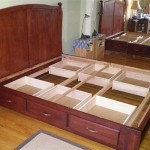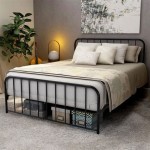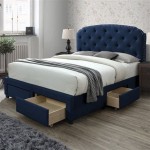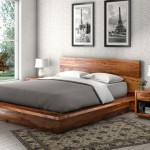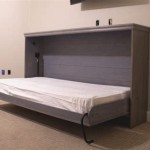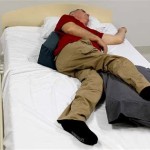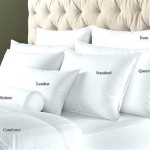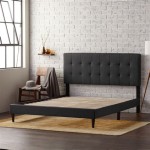Can Bed Bugs Live In A Foam Mattress Topper
Understanding the essential aspects of whether bed bugs can live in a foam mattress topper is crucial for maintaining a healthy and pest-free sleeping environment. Various factors contribute to this issue, including the material composition, density, and construction of the topper. This article explores these essential aspects in detail, providing valuable insights into the potential for bed bug infestations and effective prevention measures.
Material Composition: Foam mattress toppers are typically made from polyurethane foam, memory foam, or latex foam. Polyurethane foam is the most common and affordable option, but it provides less support and breathability than memory foam or latex foam. Memory foam conforms to the body's shape, offering pressure relief, while latex foam is naturally antimicrobial and resistant to dust mites. The material composition of the topper influences its susceptibility to bed bug infestations, with memory foam being the most vulnerable due to its soft and porous nature.
Density: The density of the foam is another critical factor determining its potential for harboring bed bugs. Density is measured in pounds per cubic foot (PCF) and indicates the firmness and support of the foam. Higher-density foams are more resistant to compression and provide better support, making them less likely to create hiding places for bed bugs. A density of 3.0 PCF or higher is recommended for bed bug prevention.
Construction: The construction of the foam mattress topper also plays a role in its potential for bed bug infestations. Toppers with a smooth, seamless surface are less likely to provide hiding places for pests compared to those with crevices or folds. Additionally, toppers with a zippered or removable cover allow for easy cleaning and inspection, making it easier to detect and remove bed bugs if present.
Other Factors: Besides the material composition, density, and construction, other factors can influence whether bed bugs can live in a foam mattress topper. These include the age and condition of the topper, the presence of other pest attractants (such as food or moisture), and the overall cleanliness of the sleeping environment. Regular cleaning, vacuuming, and inspection of the topper and surrounding areas are essential for preventing bed bug infestations.
In conclusion, understanding the essential aspects of whether bed bugs can live in a foam mattress topper is crucial for maintaining a healthy and pest-free sleeping environment. Material composition, density, construction, and other factors all contribute to the potential for bed bug infestations. By choosing a topper with a high density, smooth surface, and removable cover, and regularly cleaning and inspecting the topper and surrounding areas, you can effectively prevent and control bed bugs.

Bed Bugs On Memory Foam Mattress How To Handle Them

Can Bed Bugs Get Inside Memory Foam The Ultimate Guide

Can Bed Bugs Live In Memory Foam Our Guide On And F Hibermate

How To Check Mattress For Bed Bugs Memory Foam Talk

How To Check Mattress For Bed Bugs Memory Foam Talk

How To Check Mattress For Bed Bugs Memory Foam Talk

Can Bed Bugs Live In Memory Foam Our Guide On And F Hibermate

Can Bed Bugs Live In Memory Foam Mattresses Insider

Mattress Bed Bugs Signs Removal Memory Foam Warehouse

Do Dryer Sheets Repel Bed Bugs 2024 Mattress Clarity
Related Posts
